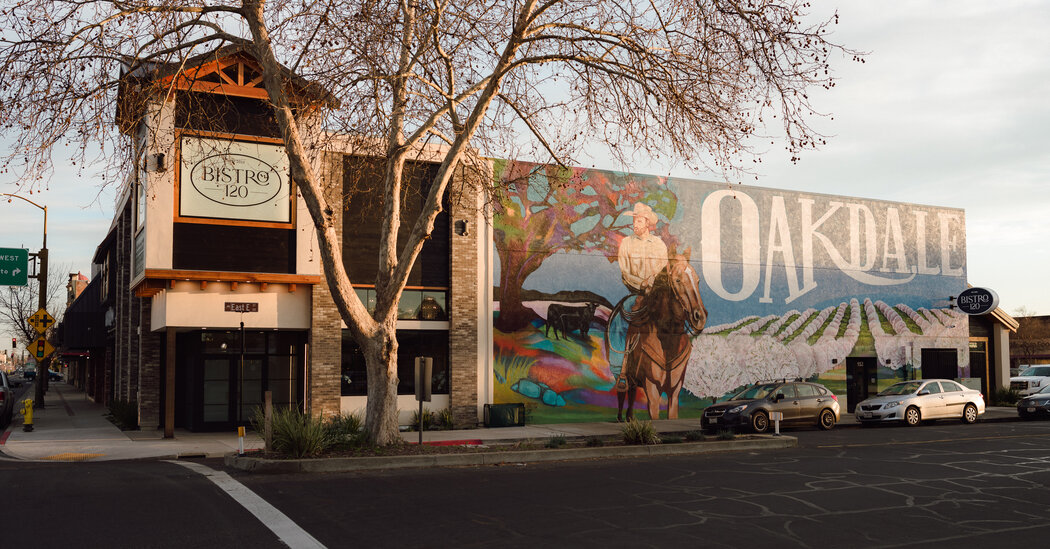The Evolving Media Landscape of Oakdale, California
Introduction to Oakdale
Located in California’s Central Valley, Oakdale is a quaint town known as the “Cowboy Capital of the World.” With a population of approximately 20,000, it features horse-trodden roads, expansive almond blossom fields, and a rich cowboy heritage. Historically, the media consumption in Oakdale reflected a quintessentially American narrative, including nightly news broadcasts and local print newspapers.
The Decline of Traditional Media
For decades, Oakdale relied on traditional forms of media, which included local newspapers delivered on Sunday mornings and coverage of local rodeos. However, this landscape has dramatically changed. The advent of shrinking newspaper circulation and the erosion of trust in media sources began with the events of the 2016 and 2020 presidential elections, compounded by the pandemic, which saw long-trusted cable news channels being accused of spreading misinformation.
Shift to New Media Forms
By the time of the 2024 election, trust in traditional media had diminished alongside its presence. In its place, residents now look to podcasters and online influencers for political updates. Local Facebook groups, once platforms for community events, have morphed into primary sources of local news, empowering residents as self-proclaimed editors.
According to a survey involving 80 Oakdale citizens, none expressed subscriptions to major news outlets such as The New York Times or The Washington Post, underlining the shift to alternative platforms.
The Rise of Misinformation
As local news outlets dwindled over the past decade, various Facebook groups emerged, initially serving harmless purposes. However, during the pandemic, these platforms experienced explosive growth, becoming hotspots for conspiracy theories and political discourse, particularly after a militia incident in June 2020. This event involved armed individuals descending upon the town, led by a false narrative circulating on social media regarding an impending protest by Black Lives Matter activists.
Local resident Julie Logan recalled the chaotic scene, stating, “That was the moment we knew something had to change.” In response, the administrators of the local Facebook group implemented stricter moderation, which inadvertently prompted the creation of rival groups where unfiltered discussions continued.
Community Dynamics and New News Sources
With the rise of such groups, many residents turned to alternatives like Stanislaus News, a large Facebook group founded by Mark Davis, which reports local happenings often ahead of official news outlets. Yet, this platform has also faced criticism for being heavily influenced by personal political views. The group’s focus on crime and local issues is often interspersed with contentious political commentary.
The Impact on Individual News Habits
Individuals in Oakdale have developed varied news diets. While some residents avoid mainstream media altogether, opting for alternative sources or influencers, others maintain their consumption of traditional networks. For instance, Fred Smith, a local business owner, expressed skepticism towards mainstream news, preferring podcasters whom he feels offer a more varied perspective.
In contrast, some individuals continue to rely on familiar media channels, indicating a polarizing effect on community members’ perceptions of news and information.
Conclusion: The Future of Media in Oakdale
As news consumption in Oakdale continues to evolve, the challenge remains for the community to navigate the balance between reliable information and the risks posed by misinformation. The growth of alternative news sources both reflects and contributes to underlying social and political changes. This dual reality points to an uncertain future for traditional journalism in small towns across America.


